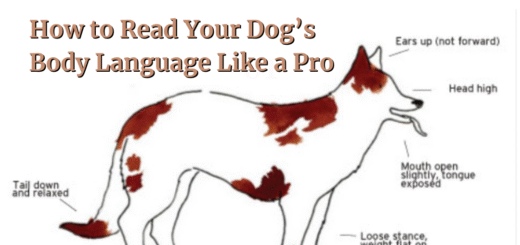Turning Digital Images into Passive Income
The online marketplace for images has exploded over the last few years, and you no longer need expensive equipment or years of photography training to take part. With the rise of AI-powered design tools, anyone can produce striking, high-quality visuals that sell. From stock photography to printable wall art, these digital files can be uploaded once and continue generating income long after the work is done.
Whether you’re passionate about interiors, food styling, abstract patterns, or modern digital illustrations, there’s a buyer looking for exactly what you create. The key is to build a collection of images that meet demand and present them on platforms where people are already searching.
Creating Digital Images Without a Camera
Traditional stock photographers invest in cameras, lighting, and editing software. Today, you can achieve similar results with nothing more than a computer and a creative idea. AI design platforms such as MidJourney, Ideogram, or Leonardo AI allow you to type in a description and instantly receive multiple interpretations in high resolution.
For example, instead of needing to stage a photoshoot, you could simply request:
- “Modern Scandinavian living room with soft lighting and cozy textures”
- “Sunset over a vineyard in Tuscany with golden hues”
- “Flat-lay of a morning coffee setup with a notebook and glasses on a rustic table”
You can also create seamless patterns for fabric, abstract art backgrounds, product mockups, or illustrations tailored to niche markets like wedding invitations, travel blogs, or home office design.
Where to Sell Your Work
Once you have a batch of images, the next step is to place them where buyers are looking. Each platform has its own style, rules, and audience.
- Shutterstock – Perfect for stock photography. Contributors earn royalties each time an image is downloaded. Older uploads continue paying out for years.
- Adobe Stock – Known for its strict quality standards, but contributors often see higher returns per download. Great for professional-level images.
- Etsy – Ideal for selling directly to consumers. Digital wall art, printable planners, and decorative backgrounds all sell well here.
- Creative Fabrica & Zazzle – Designed for designers and crafters. These platforms allow you to sell patterns, graphics, and even print-on-demand products like mugs or t-shirts.
Tip: Upload your images to more than one platform to maximize reach and diversify your income.
Staying on the Right Side of Copyright
Even if you’re creating with AI, you’re responsible for what you publish. Platforms are strict about copyright, and violating the rules can result in takedowns or account suspension.
Keep in mind:
- Don’t include logos, branded products, or celebrity likenesses.
- Avoid using brand names in your image prompts or file titles.
- Stick to original, general concepts rather than recreating specific artworks or photographs.
- Always review the submission guidelines before uploading. Platforms like Adobe Stock now require contributors to mark AI-generated content clearly.
By keeping your images unique and free of copyright risks, you can build a sustainable portfolio that won’t run into legal trouble later.
Building a Consistent Portfolio
One of the most effective ways to succeed is to treat this like a small creative business. Instead of uploading random images, plan themes that are in demand. For instance, you might create:
- 15 cozy autumn lifestyle scenes
- 20 minimalist workspace flat-lays
- 10 luxury travel-inspired backgrounds
- 12 seamless botanical patterns
By organizing your work into themed batches, you’ll attract a consistent audience and make it easier to build searchable collections. Tools like Canva can help you create polished previews and cover graphics, while keyword research ensures your uploads get found by buyers.
A well-tagged portfolio of even 50 to 100 images can start generating income within weeks, and the more you add, the more momentum you build.
Protecting Your Privacy and Ownership
While AI tools are convenient, remember that many platforms use user data to train their systems. To protect yourself:
- Avoid uploading personal family photos or identifiable private spaces.
- Stick to reputable AI tools that offer clear licensing terms.
- Keep a log of your prompts, edits, and final exports. This record shows you actively guided the creative process, strengthening your claim to ownership.
Think of AI outputs as the “raw materials” of your creative business. The more you refine, edit, and brand them, the more they become uniquely yours.
Why This Works for Busy Schedules
The beauty of this business is its flexibility. You can plan prompts in a notebook during downtime, generate batches of images in the evening, and upload them whenever you have a spare half hour. Unlike traditional client work, once your portfolio is live, it can keep selling without additional effort. It’s a model that fits perfectly into unpredictable schedules—whether you’re balancing kids, studies, or a day job.
Conclusion
Selling digital images is no longer limited to professional photographers with expensive gear. With today’s AI tools, anyone with a spark of creativity can design beautiful visuals that meet real demand. By focusing on originality, respecting copyright rules, and steadily building themed portfolios, you can create a sustainable source of passive income.
The real secret isn’t just generating images—it’s curating them thoughtfully, presenting them in the right marketplaces, and letting time work in your favor. With consistency and creativity, a side hustle built on digital images can quietly grow into a meaningful income stream.


